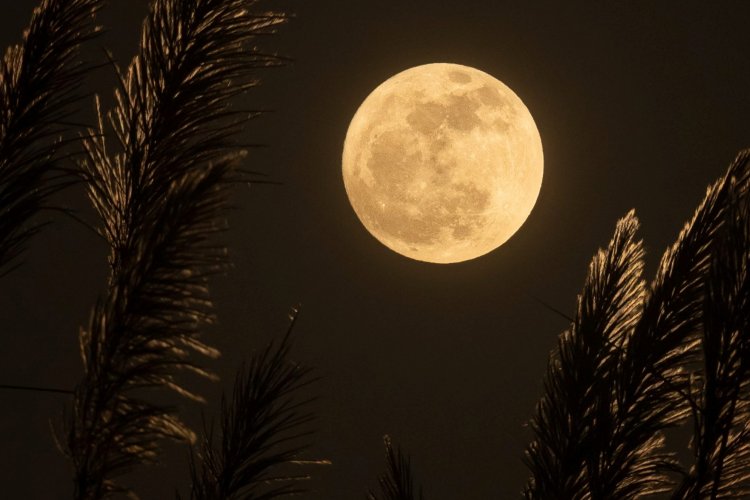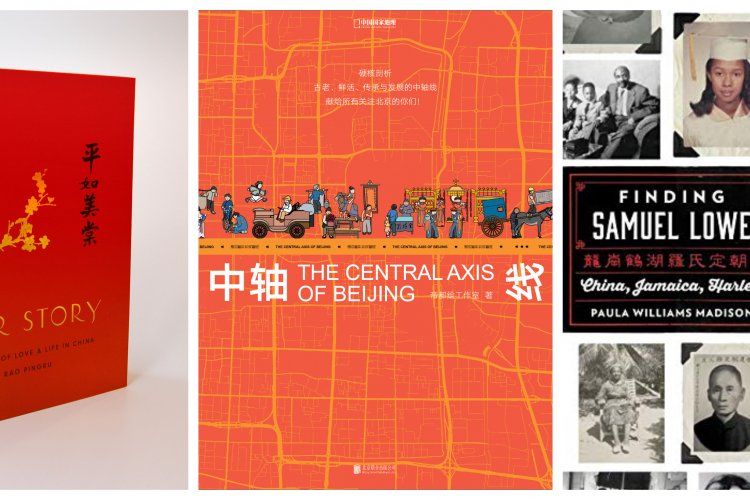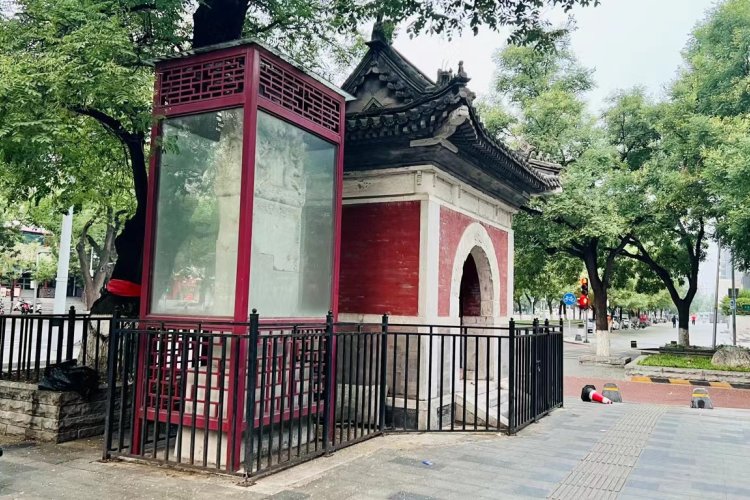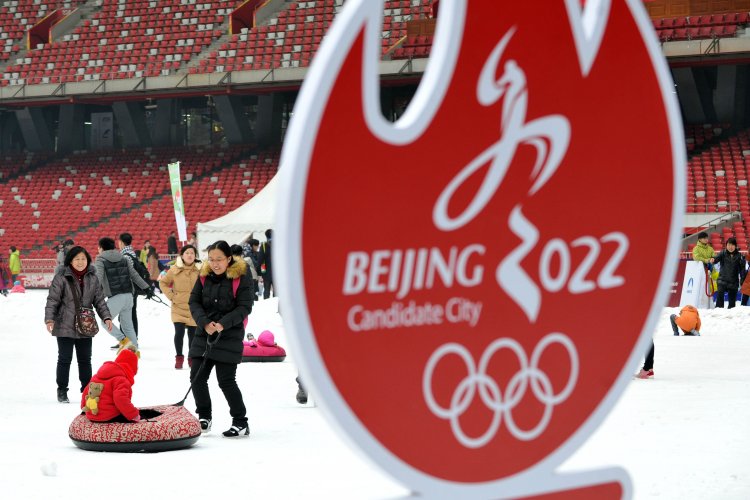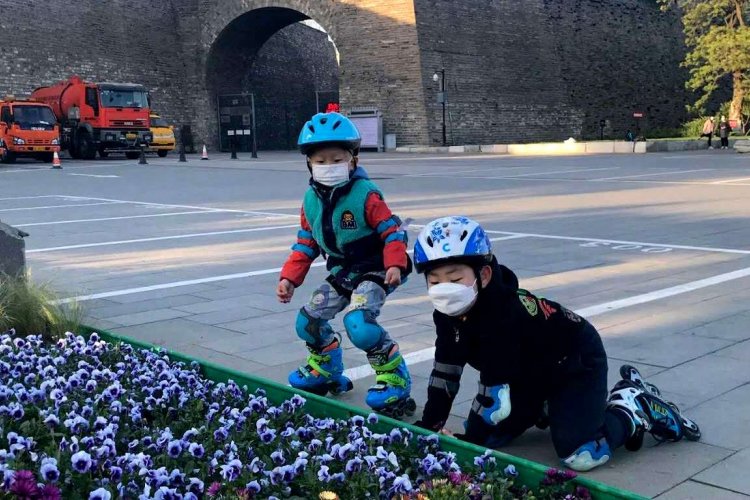Throwback Thursday: A Throwback to a Throwback, When We Spoke to a Historian
Throwback Thursday takes a look back into Beijing's past, using our nine-year-strong blog archives as the source for a glance at the weird and wonderful of yesteryear.
This week, we throw you way, way back into a throwback that was thrown back during the time we are throwing back to. A throwback within a throwback. A throwbackception. (Okay, I'll stop.)
Nine years ago, the Beijinger sat down with Australian translator, author and then the "Asialink Writer in Residence" at The Bookworm, Linda Jaivin, whose website we linked to in that post has since been replaced with just an image of the famous "pale blue dot" photograph of Earth taken from the Voyager 1 space probe in 1990. But even without an informative link, some of you may recognize her name from her famous China-travels memoir, The Monkey and the Dragon, which is so sordid and spicy (and includes tales of her interactions with the late activist Liu Xiaobo) that it forces us all to accept just how boring we are.
While conducting research for a historical novel, Jaivin "spent a lot of time peering into the journals of foreigners who lived in Beijing around the turn of the 20th Century." Combine her time spent poring over these records with her own personal experience as a foreign journalist in 1980s Beijing, and you've got a regular laowai expert who knows all there is to know about being a foreigner in this city – including how to party.

She tells us of how early-20th-century expats in Beijing were largely missionaries and businesspeople, and how "they had constant luncheon and dinner parties. They held amateur theatricals and parties, including dress ups where at least one of the women liked to appear as Marie Antoinette."
She also relates the expats' scene and dynamics to the political climate of the time – how the British and French hated each other, how Germans chilled with Russians and the English with the Japanese, and how most of the foreigners generally had limited interactions with local Beijingers, aside from those in their employ.

She jumps from her research to her real-life experience in Beijing in the '80s, which I would argue is just as, if not more fascinating than, the Victorian-era dinner parties and polo matches. She waxes poetic about Communist China in the midst of reform: "The art scene wasn’t commercialized like it is today, the Fifth Generation of filmmakers were creating a whole new cinematic language, Chinese rock was in its nascence. There was a real sense that a new era was dawning."
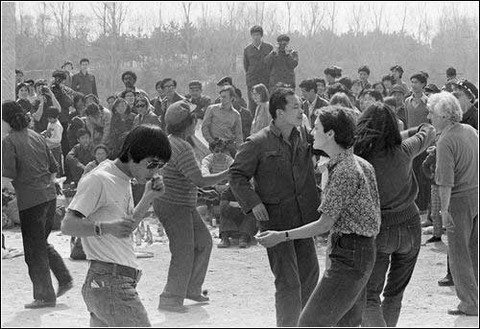
At this point, nine years post-interview, even her thoughts on "modern Beijing" concern a completely different city from the one we know and live in today. She swears by her favorite Nanluogu Xiang haunts: "Bed, Sandglass, Tibet Cafe, Ned’s, and a bar with no name at [Shichahai]," none of which have survived to today, except for Sandglass (unless it has fallen within the past few weeks) and possibly the mysterious unnamed Shichahai bar. We'll likely never know.
The whole interview is interesting, whether you come at it from a place of curiosity about turn-of-the-century Beijing (and we wouldn't blame you), an appreciation for Ms. Jaivin and her work (she's seriously the coolest), or simply nostalgia for when you first arrived in Beijing years ago and could still dance at the rooftop bars in Sanlitun that once seemed so newfangled.
See more pictures and the full interview with Linda Jaivin here.


